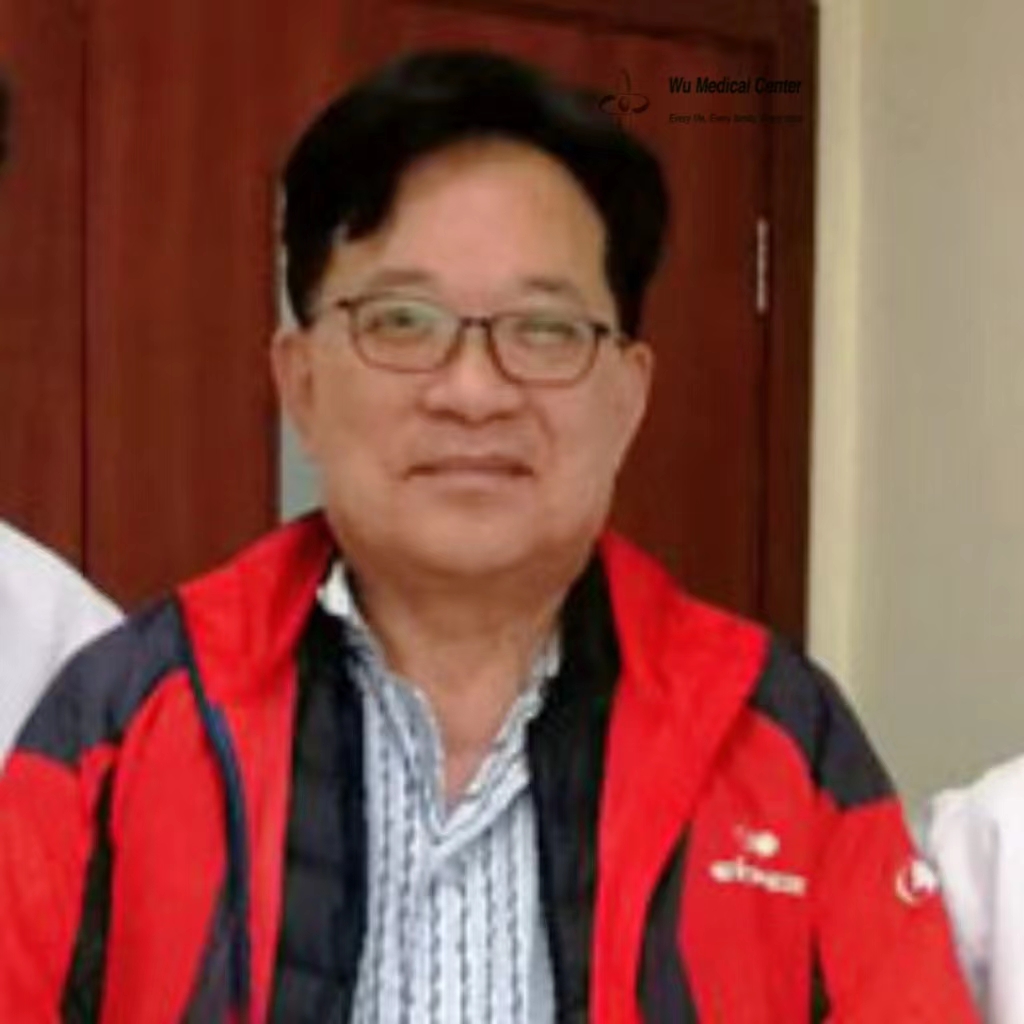A record of CAST for patients with MSA.

CAST (drug Cocktail Aided Stem Cell Therapy) enables critically ill patients with MSA (Multiple System Atrophy) to live a more dignified life.
Kim, who lives in South Korea, is 68 years old. He should have enjoyed his retirement at this age, playing with his grandson and sightseeing, but it looks like MSA (Multiple System Atrophy) took away his comfortable and happy life.
Kim couldn’t walk well in 2014, he had swallowing and language problems and was diagnosed with MSA (Multiple System Atrophy) by a local hospital in 2016. Following the doctor’s advice he used some oral medicines but his condition still got worse.
As we know, MSA (Multiple System Atrophy) is a kind of diffusive neurodegenerative disease which usually attacks during the adult period and traditional treatments cannot improve its worsening symptoms...
Because CAST (Drug Cocktail Aided Stem Cell Therapy) is probably the safest and most effective treatment for MSA (Multiple System Atrophy) at present, Kim chose Wu Medical Center and has been treated with CAST (drug Cocktail Aided Stem Cell Therapy) 3 times since 2018. Although the improvement is obvious after each treatment, further treatment was still needed for some time after returning home. There finally has been a good improvement in language function, balance function and finger flexibility after the 3rd round treatment, especially the balance function.
Let's share in detail the situation of Kim before and after every round of treatment.
2018-October,
he was unable to speak clearly,
his swallowing function was bad,
he had frequent urination at night
he couldn’t control his defecation function well,
the right hand finger opposite movement was clumsy, the last three fingers could not stretch straight, left side finger opposite movement was done slowly, finger to nose test was not stable or accurate, the bilateral fast alternate movement was clumsy,
the heel-knee-tibia test was not stable,
the Romberg's sign was positive,
he could stand with one leg for only 5-6 seconds and he could not walk straight.
After the 1st round treatment of 14 days,
his language function was better than before, his pronunciation was clearer,
his balance functions were better than before,
the flexibility of finger to nose and rapid rotation test of both arms was improved.
the stability of the body improved when standing with closed eyes, he now stood on one leg for 8-10 seconds
he urinated less at night.
After discharge the language function of the patient did not decline but the balance function decreased slowly. The decline rate of his balance function increased in February 2019.
2019-April,
his speech was not clear,
the balance function was poor,
he had frequency of urination at night being about once every 2 hours,
his defecation function was out of control.
After the 2nd round treatment of 14 days,
his balance function was better than before,
his walking position was better,
his 4 limbs coordination was better,
the bilateral finger to nose movement and fast alternate movement were more flexible.
He was more stable when standing with his eyes closed and he could stand on one leg for 8-10 seconds.
After discharge the language function of the patient did not deteriorate but the decline of his balance function progressed slowly. In August 2019 the disease progressed again with an accelerated decline in balance function and postural hypotension.
2019-November,
his speech was not clear,
the balance function was poor,
the movements of sitting up, standing and walking were slow,
the flexibility of fine movement of both hands was poor, it was difficult to write,
he had frequency of urination at night,
his diet and sleep were normal, defecation function was normal.
After the 3rd round treatment of 10 days,
he spoke clearer and better,
he had a better balance function, walked better and moved faster,
his hands were more flexible,
he stood in a stable manner when his eyes were closed and maintained 8-10 seconds with single leg standing.
he could turn around in two steps,
his postural hypotension got better with the differential pressure in lying position and standing position now less than 20mmHg.
In trying to cure MSA (Multiple System Atrophy) completely, although the current treatment conditions are limited in the world, Kim can make his life more dignified and improve his quality of life through CAST (Drug Cocktail Aided Stem Cell Therapy). This is especially the case in his balance function which is a gratifying thing for everyone.
To learn more Kim Jegon’s treatment story, please refer to the following link:
Kim Jegon-Multiple System Atrophy-(Korea)



